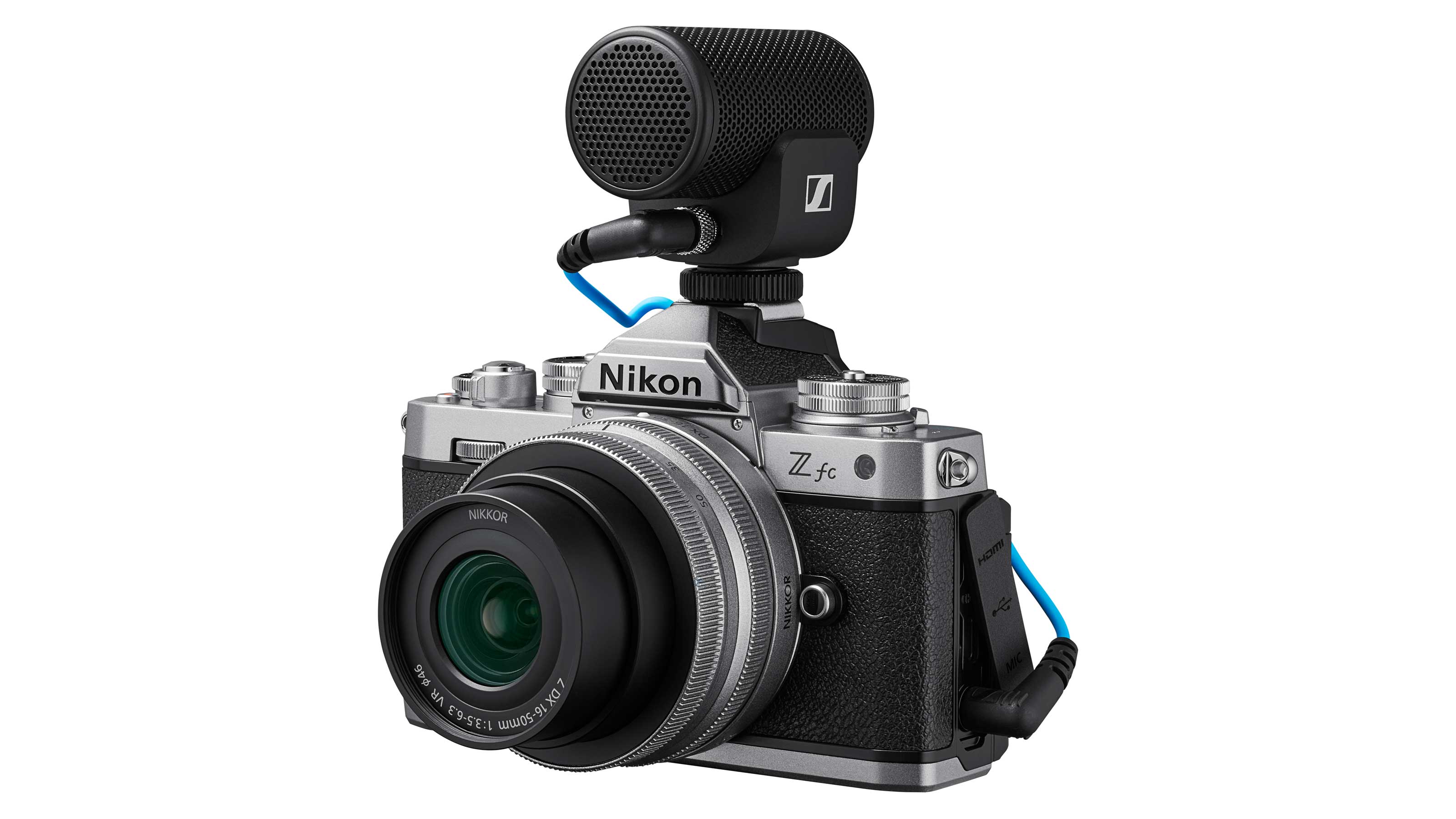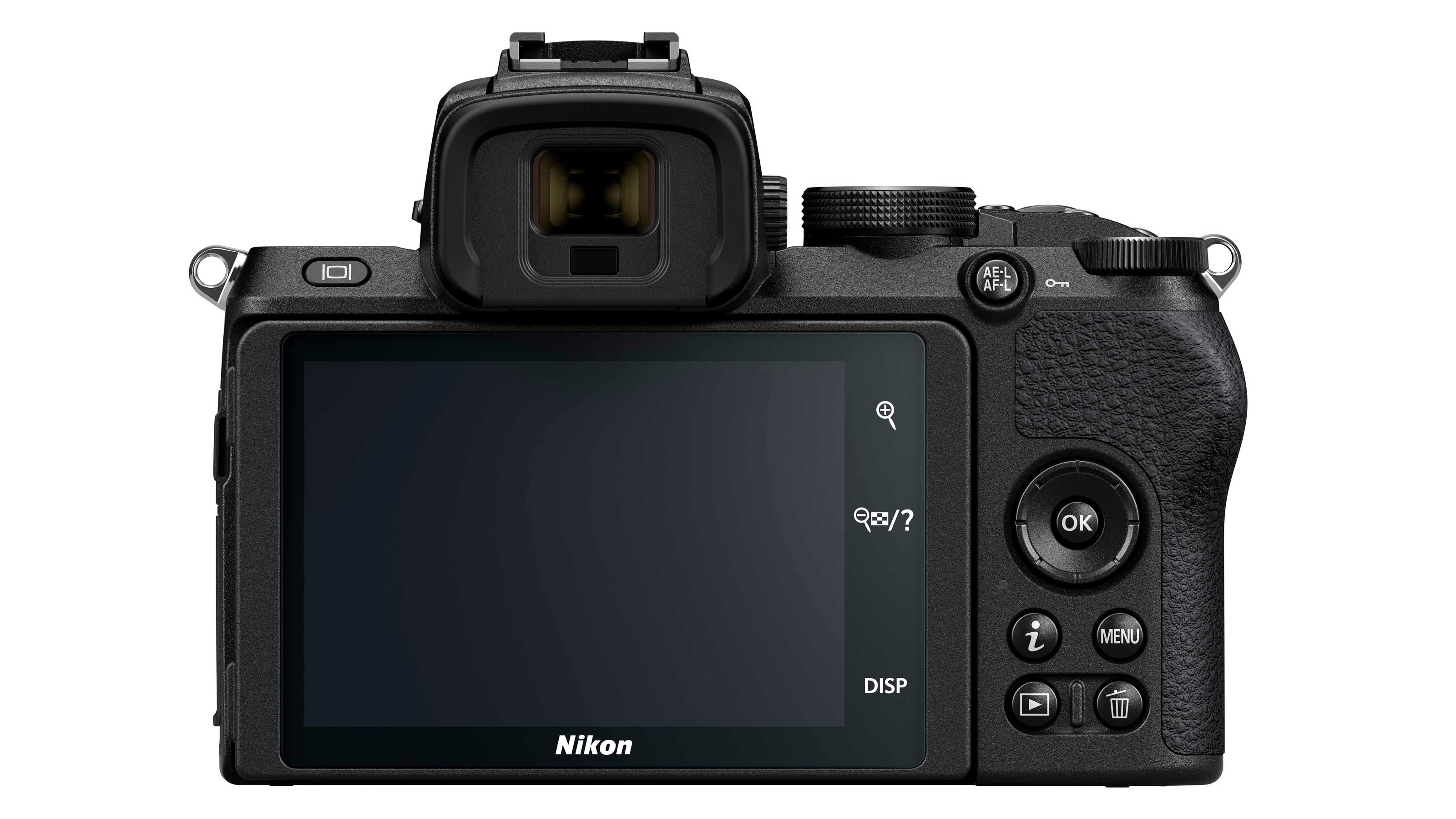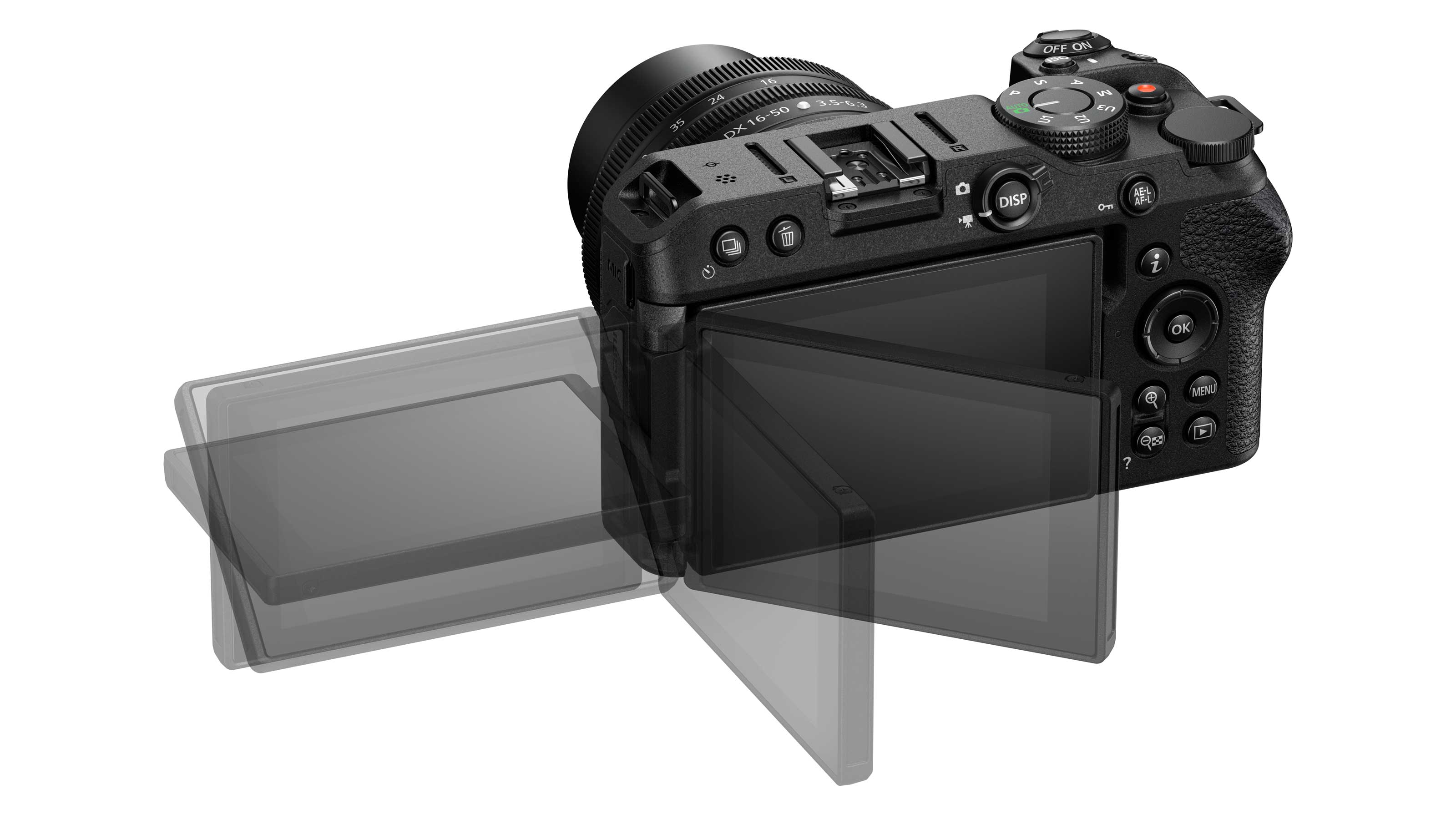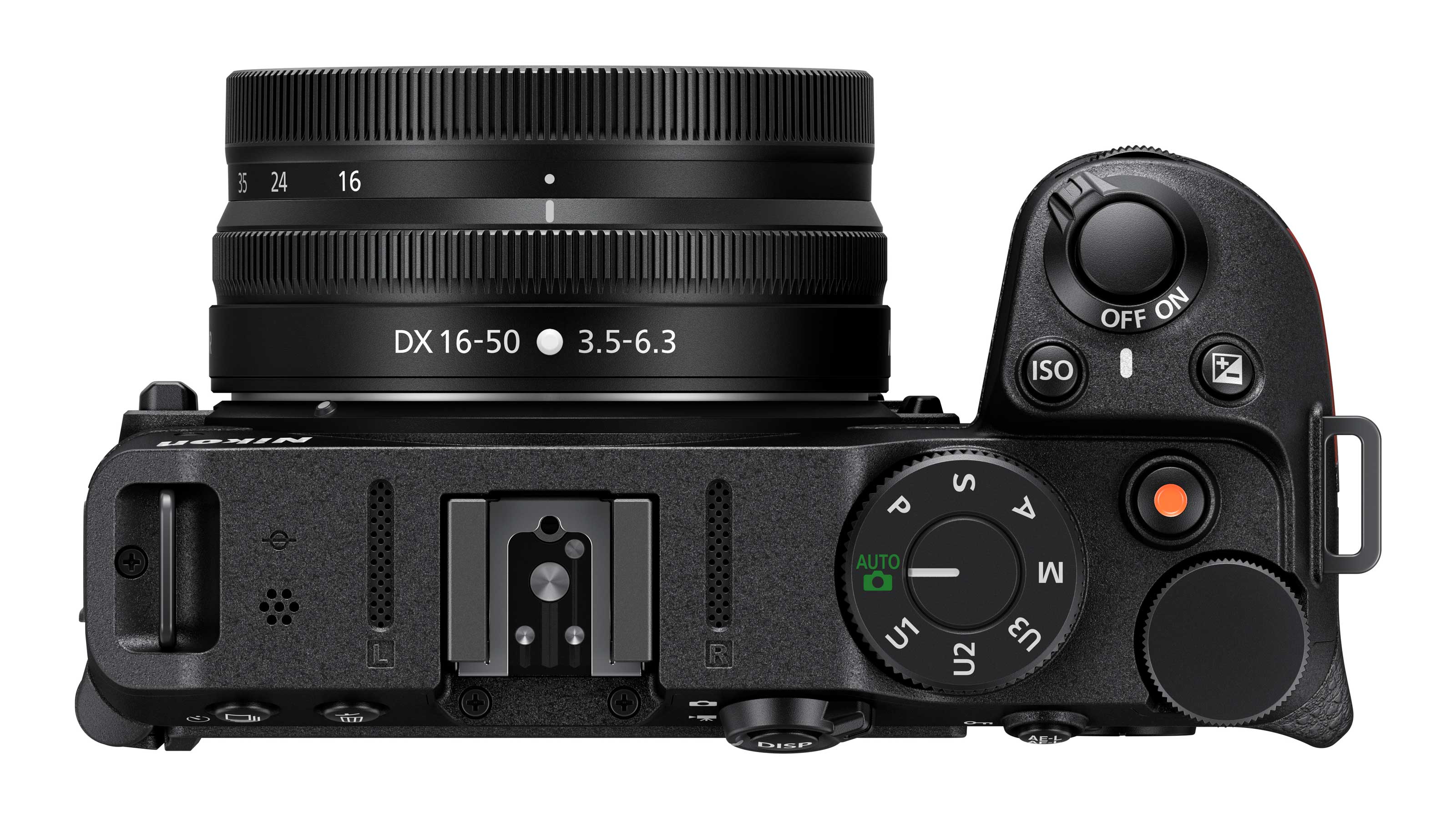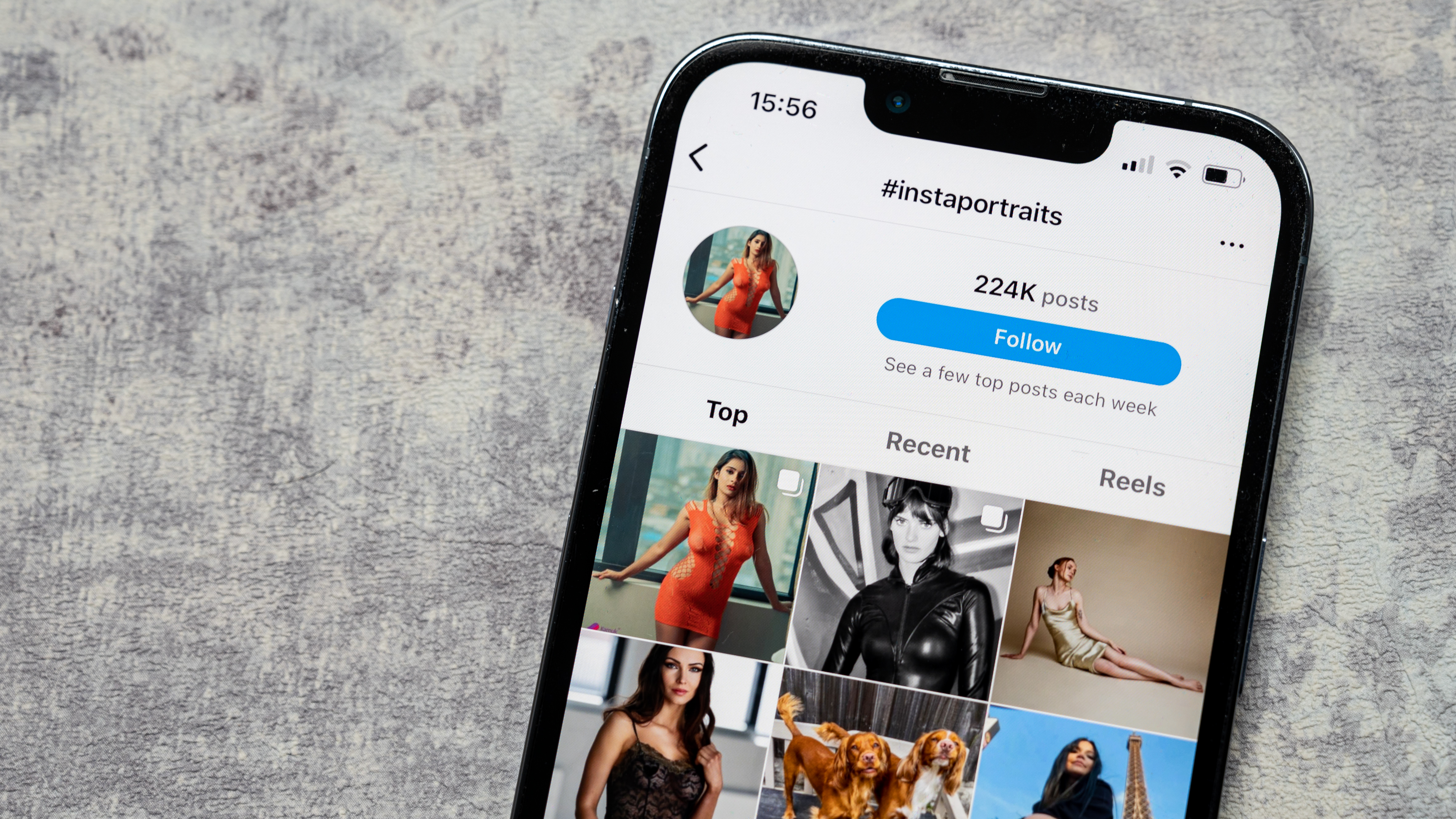Nikon Z30 vs Nikon Z50 vs Nikon Z fc
With the launch of the Z30, Nikon now makes three APS-C mirrorless cameras – so which one is right for you?

The new Nikon Z30 is aimed fair and square at vloggers and content creators who are interested in video first and foremost but might also want to take high-quality stills too.
But then that kind of sounds like the intention behind the original Nikon Z50 and the Nikon Z fc which followed it. Both of these cameras place a strong focus on video and stills too.
So this guide is here to compare the key features of all three cameras to help you decide which one to get. Technically, there are a lot of similarities, as you’ll see, so the most important differences are the physical ones – and which of these cameras is likely to appeal to you most.
Now that we’ve said all that, let’s get comparing!
1. Sensor
• Nikon Z30: APS-C CMOS, 23.5 x 15.7mm, 20.9MP
• Nikon Z50: APS-C CMOS, 23.5 x 15.7mm, 20.9MP
• Nikon Z fc: APS-C CMOS, 23.5 x 15.7mm, 20.9MP
All three cameras share the same sensor. It’s likely that Nikon has done some minor tweaking with successive models, but nothing that need sway your decision one way or another. You get the same 20.9MP sensor whichever camera you choose.
2. Video
• Nikon Z30: 4K UHD @ 30p/25p/24p, 1080 @ 120p/100p/60p/50p/30p/25p/24p, 1080 slow-motion @ 30p (x4)/25p (x4)/24p (x5)
• Nikon Z50: 4K UHD @ 30p/25p/24p, 1080 @ 120p/100p/60p/50p/30p/25p/24p, 1080 slow-motion @ 30p (x4)/25p (x4)/24p (x5)
• Nikon Z fc: 4K UHD @ 30p/25p/24p, 1080 @ 120p/100p/60p/50p/30p/25p/24p, 1080 slow-motion @ 30p (x4)/25p (x4)/24p (x5)
Here again, there are no technical differences. Nikon is pitching the Z30 as the perfect vlogging camera, but in reality all three share the same video capabilities, including 4K video up to 30p, 1080 video up to 120p and up to 5x slow motion in 1080p. The Z30 and Z fc have the physical advantage of a flip-out screen and the Z30 has separate photo and video settings, but technically they are the same.
3. Viewfinder
• Nikon Z30: No
• Nikon Z50: 0.39-in 2360k-dot OLED EVF, 100% coverage, magnification 1.02x (50mm lens at infinity)
• Nikon Z fc: 0.39-in 2360k-dot OLED EVF, 100% coverage, magnification 1.02x (50mm lens at infinity)
This is one of the big differences. The Nikon Z50 and Z fc both have electronic viewfinders (with identical specs, incidentally) to suit a stills photography audience, not just video. The Z30, however, drops the EVF altogether, given that videographers rarely if ever use an EVF but compose video using the rear screen instead. You can compose stills with an LCD screen too, of course, but sometimes an EVF is better.
4. Rear screen
• Nikon Z30: 3-inch vari-angle TFT, 1,040k dots
• Nikon Z50: 3.2-inch tilting TFT, 1,040k dots
• Nikon Z fc: 3-inch vari-angle TFT, 1,040k dots
This is another big difference – the Z30 and the Z fc use a flip-out vari-angle screen where the Z50 uses a simpler tilting screen mechanism. Vari-angle screens are considered better for video and especially for selfie-shooting. Indeed, the Z30 will switch to selfie mode automatically when you flip the screen forwards. The tilting screen on the Z50 will face forward, but in a clumsier part-obscured way, and while it's fine for shooting horizontal videos, this will be less effective for vertical videos for social media, for example. Interestingly, the Z50 does have a slightly larger 3.2-inch screen than the others. It’s not a big advantage, but worth noting.
5. Autofocus
• Nikon Z30: 209 AF points, Pinpoint AF (photo mode only), single-point AF, dynamic-area AF (photo mode only), wide-area AF (S), wide-area AF (L), wide-area AF (L-people), wide-area AF (L-animals), auto-area AF, auto-area AF (people), auto-area AF (animals)
• Nikon Z50: 209 AF points, Pinpoint, single-point, and dynamic-area AF (pinpoint and dynamic-area AF available in photo mode only); wide-area AF (S); wide-area AF (L); auto-area AF
• Nikon Z fc: 209 AF points, Pinpoint AF (photo mode only), single-point AF, dynamic-area AF (photo mode only), wide-area AF (S), wide-area AF (L), wide-area AF (L-people), wide-area AF (L-animals), auto-area AF, auto-area AF (people), auto-area AF (animals)
At first glance, the autofocus systems on these three cameras look the same – but there have been some changes. The Nikon Z fc introduced people and animal AF which has been carried forward to the Nikon Z30 – the Z50 is half a step behind the others in this respect.
6. Burst mode
• Nikon Z30: 11fps
• Nikon Z50: 11fps
• Nikon Z fc: 11fps
There’s no difference here. All three cameras can shoot stills continuously at up to 11 frames per second. We don’t have any information on the burst depth – how many frames they can shoot at that speed before they start to slow down – but we would expect it to be the same or similar.
7. Design
• Nikon Z30: Compact rangefinder style, no EVF
• Nikon Z50: Compact DSLR style with EVF
• Nikon Z fc: Retro DSLR style with EVF
This is where the biggest differences lie. The Nikon Z50, the first of these three, has a practical, no-nonsense mini-DSLR design with a decent grip and an EVF. The Nikon Z fc is very different, with a beautiful retro design inspired by the classic Nikon FM film SLR. Like the Z50, the Z fc also has a viewfinder but lacks the deep grip, so you might find it lovely to look at but a little less easy to hold! The Z30 is different again. Like the Z50, it’s a no-nonsense, practical design with a good grip – it’s smaller and lighter too, but that’s because it has no EVF.
8. Weight
• Nikon Z30: 405g body only
• Nikon Z50: 450g body only
• Nikon Z fc: 445g body only
Does the difference in weight matter? We’d be inclined to say no. The lightest camera – the Z30 – is only 45g lighter than the heaviest – the Z50. Choosing the design that suits you best will be more important than trying to save a few grams.
9. Price (with 16-50mm kit lens)
• Nikon Z30: $847/£839
• Nikon Z50: $997/£1,039
• Nikon Z fc: $1,097/£999
The Nikon Z30 is the cheapest of these three cameras. This is unusual for a camera that’s just been launched, but we think Nikon has played it this way on purpose. For vlogging newbies, its lower price makes it almost a no-brainer. Why pay more when this camera has everything you need? But if you want to shoot stills as well, or mainly, it’s much closer. We think that the Z50 and the Z fc are better for stills shooters, despite the higher price. Generally, the Z fc costs a little more than the Z50, but prices and deals do fluctuate. We’d say go for the Z50 as a practical workhorse, and the Z fc as a style statement, but one that’s also pretty practical too!
Nikon Z30 vs Nikon Z50 vs Nikon Z fc: conclusions
These are three technically near-identical cameras made very different by their designs and intended users. If you want a non-nonsense, practical hybrid camera, we’d still consider the oldest – the Nikon Z50.
If you want a camera with a splash of style, though, the Z fc is not just a great camera to shoot with but beautiful to look at too! It also has a vari-angle rather than a tilting screen AND an EVF, so kind of the best of both worlds.
But for video-first content creators, especially those upgrading from a smartphone or a cheaper camera, the Z30 makes the most sense. It costs less and gives you just what you need for vlogging without paying more for a design and features you don’t need.
Nikon Z30 pre-order links
Why you can trust Digital Camera World
Pre-order links for the Nikon Z30 (these are for the 16-50mm kit version, but others options are available)
• Pre-order the Nikon Z30 at B&H (USA)
• Pre-order the Nikon Z30 at Adorama (USA)
• Pre-order the Nikon Z30 at Wex Photo (UK)
• Pre-order the Nikon Z30 single-lens kit at Ted's Cameras (Aus)
The best camera deals, reviews, product advice, and unmissable photography news, direct to your inbox!

Rod is an independent photography journalist and editor, and a long-standing Digital Camera World contributor, having previously worked as DCW's Group Reviews editor. Before that he has been technique editor on N-Photo, Head of Testing for the photography division and Camera Channel editor on TechRadar, as well as contributing to many other publications. He has been writing about photography technique, photo editing and digital cameras since they first appeared, and before that began his career writing about film photography. He has used and reviewed practically every interchangeable lens camera launched in the past 20 years, from entry-level DSLRs to medium format cameras, together with lenses, tripods, gimbals, light meters, camera bags and more. Rod has his own camera gear blog at fotovolo.com but also writes about photo-editing applications and techniques at lifeafterphotoshop.com

